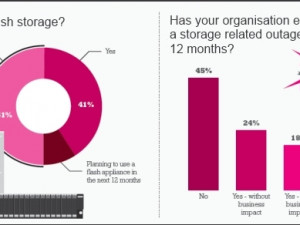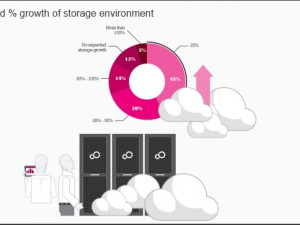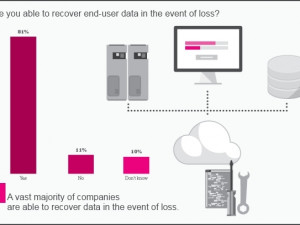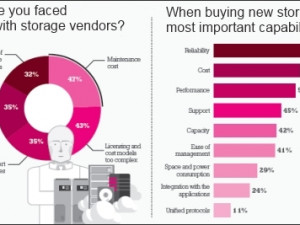
Results from the recent ITWeb/ Fujitsu 2017 Storage Survey revealed that companies are divided when it comes to all-flash storage. Just over 40% of respondents use a flash appliance, 50% don't, and 9% plan to use one within the next 12 months.
"When compared to general disk storage, all-flash storage provides 10 times higher density and five times better performance measured in terms of IOPS. These advantages allow for reduced power consumption, lower maintenance and a better cost per capacity," says Leon Leibach, storage portfolio manager at Fujitsu, commenting on the results of the Storage Survey, which was conducted earlier this year.

Over 40% of the companies surveyed had experienced a storage-related outage in the past 12 months. It's encouraging to know that those who felt no business impact (23%) outnumber those whose business was affected by the outage (18%). And over 80% are confident they'd be able to recover end-user data in the event of loss.
Time vs recovery
"A well-designed data storage environment will ensure that no negative business impact occurs in the event of failures," notes Leibach. "It is critical that data can be recovered in the event of failures. Not only is the recoverability of the data important, but also the time it takes to restore and recover from an outage, referred to as the recovery time objective (RTO)."

Just over half of the respondents stated the cost of their downtime or data loss is being measured. However, a third indicated it is not measured at all.
When compared to general disk storage, all-flash storage provides 10 times higher density and five times better performance measured in terms of IOPS.
Leon Leibach, Fujitsu
Leibach says it is important that the cost of downtime is measured in order for the costs to be managed. "It's also very important to see whether the current data protection and DR solutions are sufficient within your organisation."

The majority of the respondents have up to 500 terra bytes of data in their environment and 43% expect their storage requirement to grow by 25%. Only 11% expect no storage growth.
"Data storage will continue to grow in double digits," Leibach predicts. "Fujitsu utilises selective use of data reduction technologies, such as deduplication and compression, in order to reduce the amount of data stored in a customer's environment."

When dealing with storage vendors, the top challenges are cost of maintenance and complex licensing and cost models. Reliability emerged as the most important capability when buying new storage, with cost coming in second and performance third.
Share